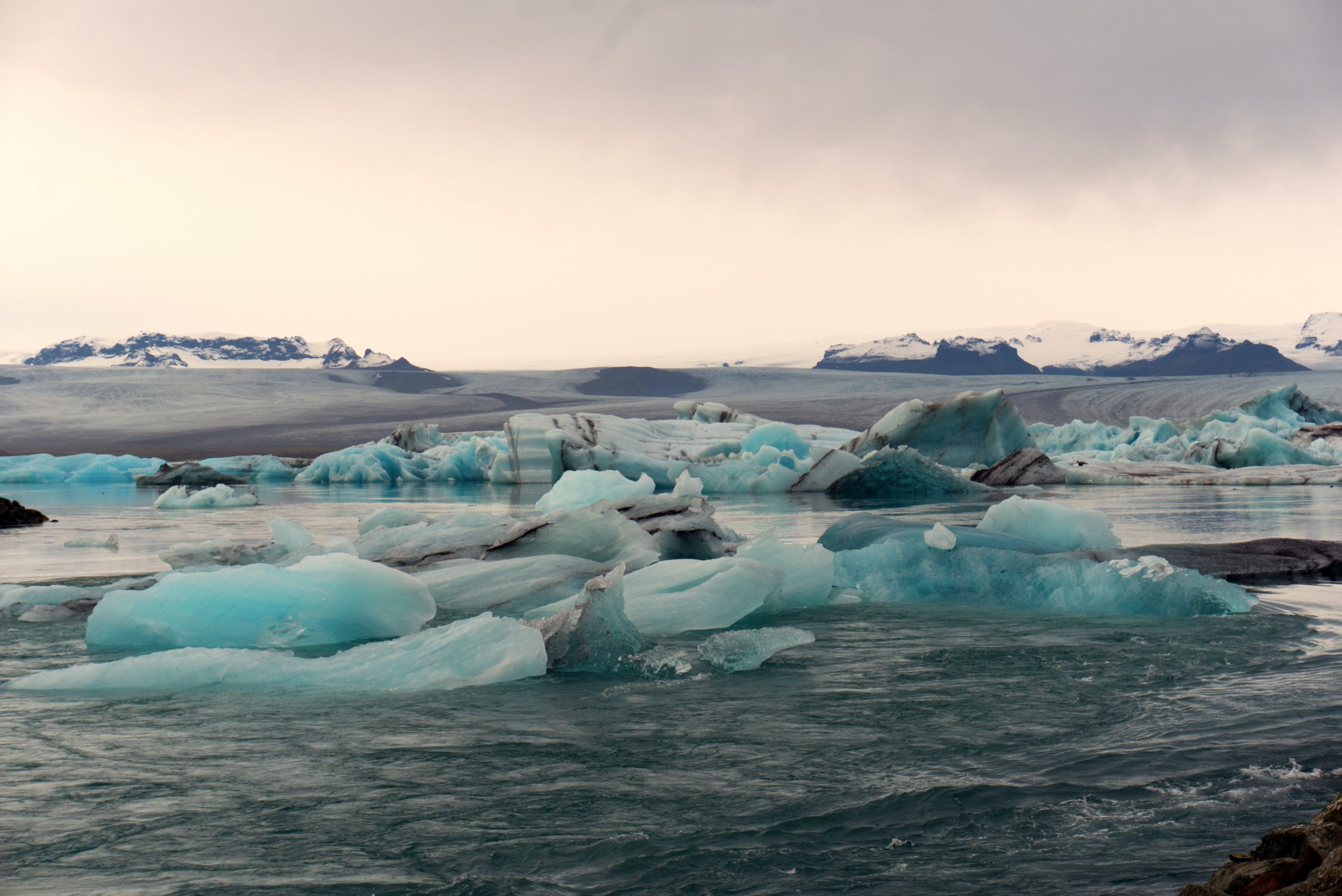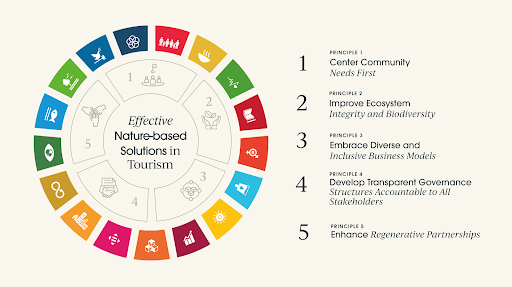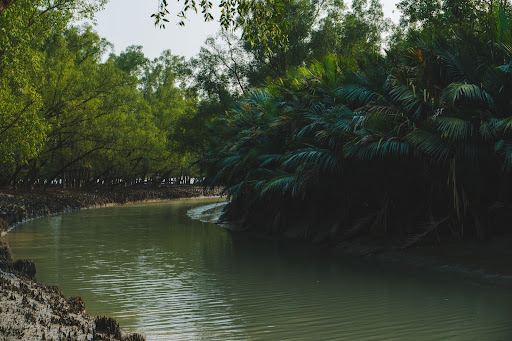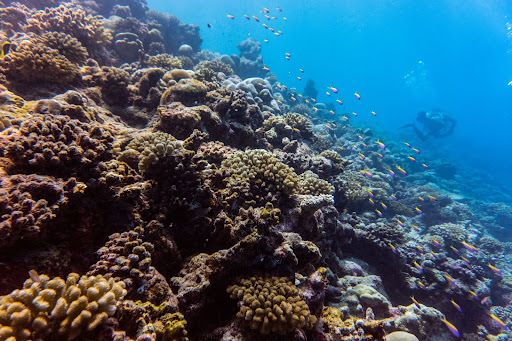Travel greenwashing and the challenges of an environmentally conscious tourist: who to trust, how to spot authenticity, and more.
From backpackers to luxury travelers, the climate crisis affects us all. As travelers become increasingly aware of the issues impacting the Earth, they seek to reward and fiscally support businesses in the tourism industry with environmentally friendly practices. A subsection of the tourism industry known as “eco-tourism” has emerged in response to the demand for eco-friendly options. Some tourists are consciously opting to use their vacation time to do things like take a domestic road trip along the Lewis and Clark National Historic Trail instead of flying thousands of miles to an all-inclusive resort.
There is also no shortage of travel businesses touting their sustainability practices. But when businesses decide to skip a step, reaping the rewards of sustainable efforts without actually implementing sustainable alternatives, it can leave travelers struggling to navigate between who is actually sustainable and who is simply doing travel greenwashing.

Back to Basics
What is Greenwashing?
In general terms, greenwashing is a marketing style that falsely advertises a service or product in an environmentally friendly light. Given how pervasive greenwashing is within the tourism industry, it can be particularly tricky for a traveler to identify. For example, when a hotel claims to use sustainable practices in order to cater to a more ecologically conscious market, they would be greenwashing if they are unfaithful to those claims.
How to Spot Travel Greenwashing
Keep an eye out for lone buzz words like “eco”, “environmentally-friendly”, and “sustainable” in descriptions. If there is no information or detailed examples to back it up, it is likely false. A business committed to sustainability will not shy away from getting into specifics.

When in doubt, ask!
Any eco-entrepreneur worth their buck will gladly engage in conversation with a potential customer on their sustainable practices. When planning your trip, it is always a good idea to contact a business and ask for more details. Don’t let language barriers deter you either! Google Translate can be a great communication tool when using simple sentences, especially if email or instant messaging is an option.
Are they legit?
A genuinely sustainable business will typically present evidence alongside their environmentalist claims. If you want an example of what to look for, then look no further than the numerous guest houses in the Dahar region of Tunisia. Many businesses like Ouled El Khil (pictured below), boast farm-fresh dishes produced via sustainable agricultural methods like permaculture and provide pictures with in-depth descriptions to add legitimacy to their claims. If you are still on the fence after reviewing the evidence, it never hurts to engage the service provider for more information.
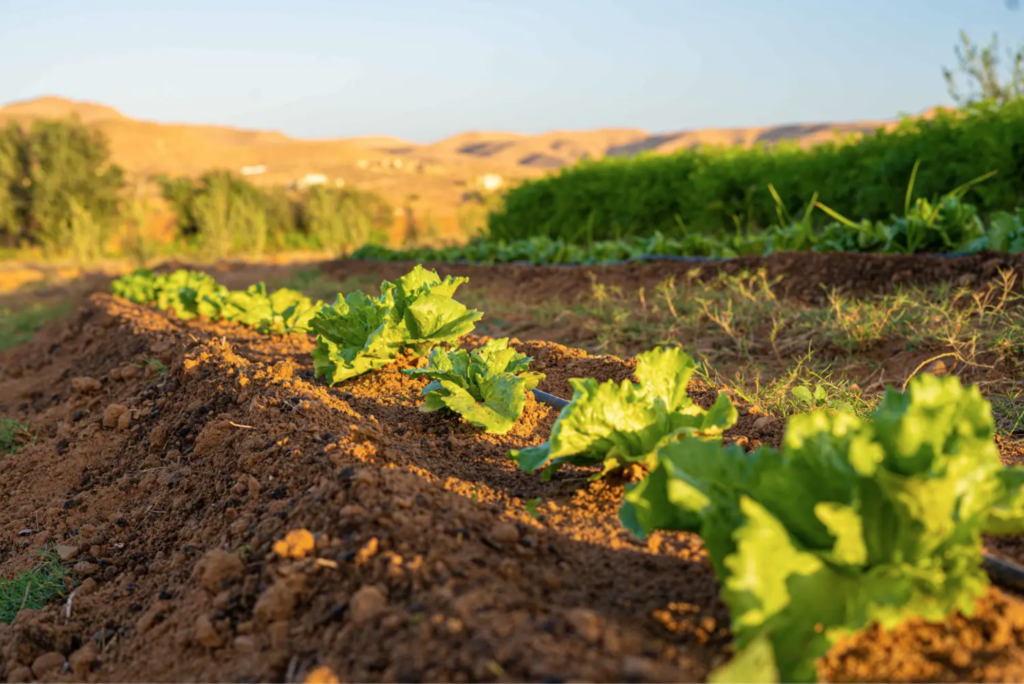
Let’s Put Our Knowledge of Travel Greenwashing to the Test
The whole point of marketing is to influence an audience into feeling a certain way, and greenwashing is no different. When done well, greenwashing can be deceiving, so let’s go for a test drive:
After a quick web search, you find a hotel for your next vacation. It looks nice enough and claims to be “eco-friendly”. The question of the hour: is it really — or is this greenwashing?
Some key questions to ask:
- How does the hotel support local residents and the surrounding community?
- How does the hotel prevent harming the natural habitat around them?
- What is the hotel’s waste management policy?
- Do they recycle and avoid single use plastics?
- How do they work to conserve water?
- How do they prevent pollution?
Questions that probe further into the company’s future are also a great way to get to know the ethos of the establishment you are considering to support. For example, ask about their plan to reduce their carbon footprint. The more you can target your questions, the more direct and useful the responses will be. Most business owners who prioritize sustainable practices will happily discuss their efforts with a potential guest. In fact, they likely appreciate and share your passion for solving the complex problems our planet faces.
On the off chance they do not engage, it is likely they do not have the evidence to support their claims. At this point, you may be better off taking your business somewhere that you deem truly worthy of your patronship, but at the very least you have given them something to consider by reaching out.
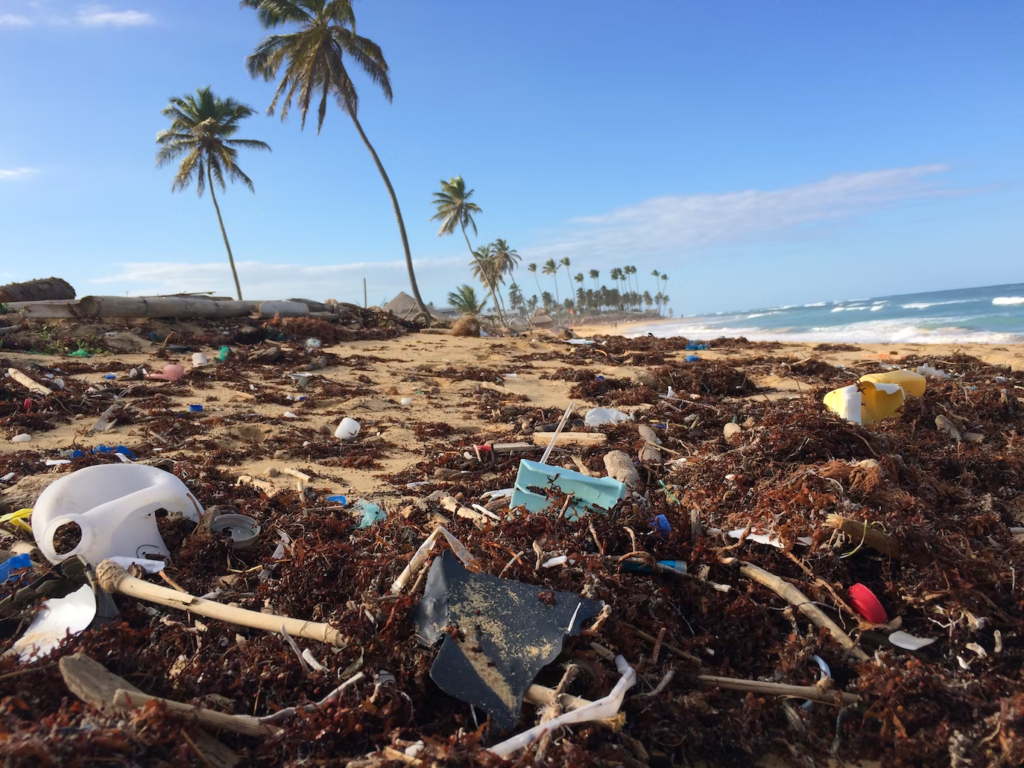
Preventing Travel Greenwashing in the First Place
The World Federation of Advertisers recently updated its code on greenwashing. Their new guidance emphasizes that any environmentalist claims in a service or product description must be clear, readily backed up, and precise. Misleading by omission is also ill-advised. However, despite these strides in anti-greenwashing policy, there is no global enforcement of such initiatives. It is up to individual nations to legislate anti-greenwashing regulations. Therefore, when looking to travel abroad, it can be helpful to check the greenwashing laws of the country you are visiting. If a nation enforces anti-greenwashing advertising regulations, then claims made in descriptions may be more readily trusted.
Better yet, if you don’t feel like spending hours trying to understand anti-greenwashing legislation, there are organizations that weed out the greenwashing for you. Groups like Solimar International can help you find businesses that align with your ethical and sustainable values. Check out Solimar’s recommendations for your next eco-friendly adventure!

